More over 70% of the Earth’s surface is made up of water, which is necessary for all known living forms. We would perish within days if we didn’t have it.
The first towns were constructed on rivers at the beginning of human civilization because water transportation was quicker and more effective than land transportation. And things remain like way even now.
Ships are thought to carry more than 90% of the freight carried worldwide. Without water transportation, contemporary society would come to a complete standstill.
Water, however, also serves as a home for many different wild creatures. Lakes are home to a wide variety of animal species, many of which have evolved unique adaptations for surviving in this watery habitat.
There are freshwater environments everywhere in the globe. Ponds, lakes, rivers, and streams are among them. A distinct flora and fauna population may be found in each one.
We’ll see all of these incredible lake-dwelling animals in this post, along with their environmental contributions.
The Various Water Bodies
Not every body of water provides these animals with the same environment. Ponds are distinct from lakes, which are distinct from rivers, which are distinct from swamps. The primary categories of water habitats are as follows:
Ponds: Ponds are small, usually shallow areas of standing water. They are often encircled by land and may be man-made or natural. Numerous species of creatures, including water beetles, leeches, and worms, may be found in ponds.
Swamps are a kind of wetland environment that are often damp and muddy. They are often encircled by land and may be man-made or natural. Frogs, snakes, and alligators are among their usual residents.
Lakes are big, still bodies of water that are often rather deep. They are surrounded by land and may be man-made or natural, much like ponds. Many different kinds of creatures, including swans, water snakes, and many fish species, may be found in lakes.
Rivers: Rivers are lengthy, meandering streams of water that finally join the ocean. Ducks, crabs, dragonflies, otters, and turtles are among their residents.
Streams: Despite being shallower and often smaller than rivers, streams are similar to rivers. They ultimately join an ocean, as well as other streams. Beavers, salmon, and crayfish are a few of the creatures that inhabit streams.
Note: Although a greater variety of creatures reside around those bodies of water, these are the ones that are often seen there. Because of the food chain, the predators of these species live close to their habitats. For instance, herons and other popular lakeside birds are often seen looking for food.
Lake and River Dwelling Animal Species
Every kind of body of water offers a certain species the ideal habitat. These creatures have developed a variety of adaptations to fit their environments.
Certain species, such as axolotls, have skin-based breathing systems. This enables them to survive in low-oxygen water. Some animals, such as beavers, can swim in the water and stay warm and dry because to their waterproof hair.
Then there are those creatures, like whales, who have evolved blowholes as a means of adapting to living in the water. They breathe via this opening at the top of their skull.
Let’s look at some of the species that inhabit different kinds of aquatic environments now that we are aware of their existence.
Large freshwater bodies of water are called lakes. There are lakes everywhere in the globe, and a wide variety of species may be found there.
Lake Fish
Fish are aquatic creatures with cold blood. They have scales on their skin and breathe via gills. Their fins enable them to swim quite well. Fish consume other tiny creatures, vegetation, and insects.
The following fish species are the most prevalent in lakes:
Trout
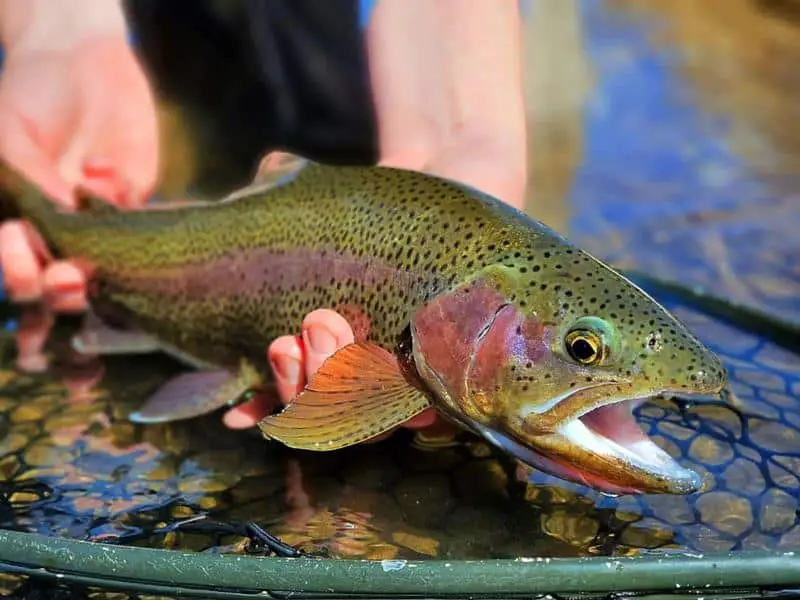 Freshwater fish, such as trouts, are found in ponds, rivers, and lakes. Their skin is brown or dark green with pale patches. Their maximum length is more than two feet.
Freshwater fish, such as trouts, are found in ponds, rivers, and lakes. Their skin is brown or dark green with pale patches. Their maximum length is more than two feet.
Numerous trout species may be found thriving in lakes, including:
The most prevalent kind of fish is the rainbow trout. All around the planet, freshwater environments are home to them.
The brook trout is a natural species of trout found in North America. Their skin is reddish-brown with black slashes along their sides and pale patches.
Lake Trout: This is a big species of trout that may reach lengths of more than four feet. Their skin is brown or dark green with pale patches.
Brown Trout: Native to Europe, the brown trout is a species of trout. Its brown skin with black patches is in line with its name.
Salmon

Fish of the salmon kind are found worldwide in freshwater environments. Their skin is orange or pink with black dots. Salmon can leap a great distance out of the water and are superb swimmers.
Numerous salmon species inhabit lakes, including:
Chinook salmon: The biggest species of salmon is the Chinook. All around the planet, rivers and lakes are home to them. The orange skin of Chinook salmon is speckled with black.
Coho salmon: Native to North America, this species of salmon is found there. Their skin is pink with dark blotches. Coho salmon have a maximum length of three feet.
Sockeye salmon: Native to North America, this species of salmon is found there. Their skin is crimson and speckled with black. Sockeye salmon have a maximum length of three feet.
Pink salmon: The smallest kind of salmon is the pink salmon. All around the planet, rivers and lakes are home to them. The skin of the pink salmon is pink with black dots.
Bass
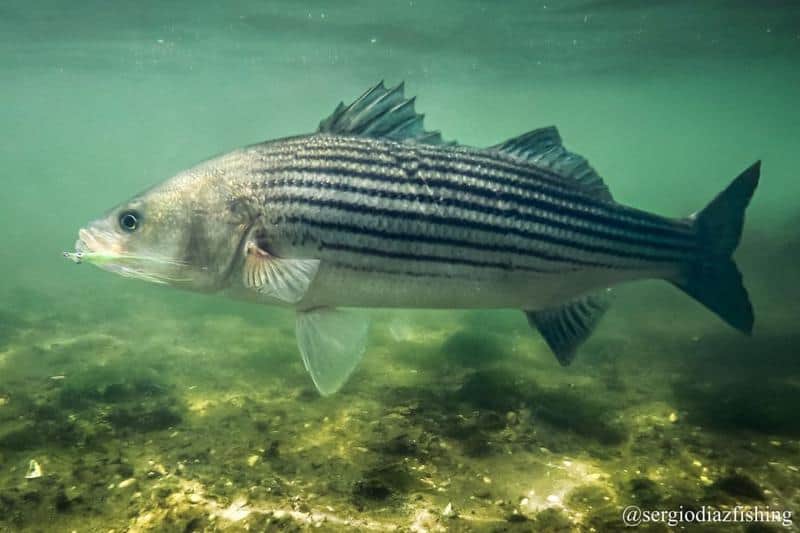
Fish of the bass species are found worldwide in freshwater environments. Their skin is brown or dark green with pale patches. Bass have a strong jumping ability and are good swimmers.
There are several species of bass found in lakes, including:
Smallmouth bass: The most prevalent kind of bass is the smallmouth bass. All around the planet, freshwater environments are home to them. Their skin is brown or dark green with pale patches. Bass have a strong jumping ability and are good swimmers.
Bigmouth bass: The biggest kind of bass is the largemouth bass. The fish has a range of colors, from olive green to light gray, with many black spots.
Native to North America, the striped bass is one of the species of bass. Its name implies that its silver body is covered in broad black stripes.
White bass: Native to North America, the white bass is a species of bass. Their skin is silver with black flecks. White bass have a maximum length of two feet.
Fish Carp
Fish of the carp kind are found worldwide in freshwater environments.
There are several carp species that inhabit lakes, including:
The most prevalent kind of carp is the Eurasian carp. All around the planet, freshwater environments are home to them. Its hue is white with a hint of yellow that gradually darkens as it approaches the upper fin.
Goldfish: Native to Asia, the goldfish is a species of carp. Their skin is bright or orange with black dots. Goldfish have a maximum length of two feet.
Koi: Koi are a tamed kind of common carp. They are available in many hues, including as white, black, orange, red, and yellow.
Catfishing
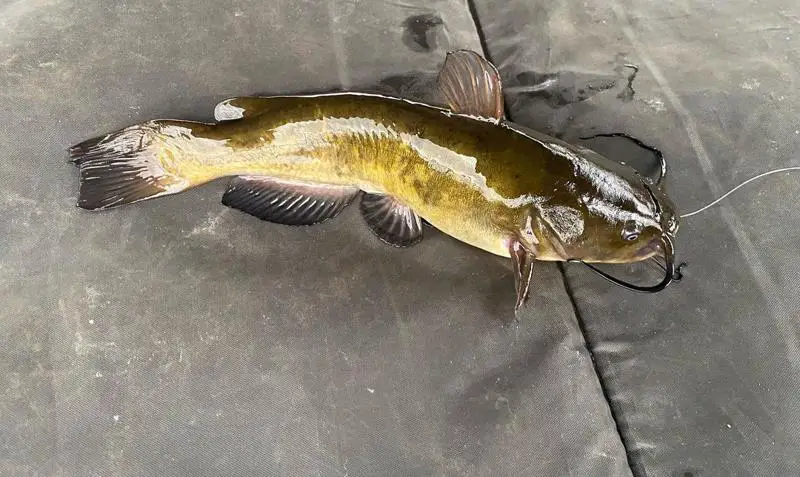
Fish of the catfish kind are found worldwide in freshwater environments.
The following are some of the most prevalent species of catfish found in lakes:
Catfish: The most prevalent kind of catfish is the channel catfish. All in North America, freshwater ecosystems are home to them. Their skin is dark with black flecks. The length of a channel catfish may exceed four feet.
Blue catfish: Native to North America, the blue catfish is a species of catfish. Their skin is blue with white specks. The length of a blue catfish may exceed six feet.
Catfish species that are native to North America include the flathead catfish. Their skin is dark with black flecks. The flathead catfish has a maximum length of four feet.
Bullhead catfish: Native to North America, this species of catfish is called the bullhead. They have white patches on their dark or black skin. Bullhead catfish have a maximum length of two feet.
Amphibians of Lake
Amphibians are land-dwelling and aquatic creatures. When they are young, they have gills and breathe via their skin. Insects, worms, and other tiny creatures are consumed by amphibians.
Numerous amphibian species may be found in lakes, including:
frogs

The most prevalent kind of amphibian is the frog. With the exception of Antarctica, they are present on every continent. There are several kinds and hues of frogs. There are frogs that can leap twenty times their own length!
The most prevalent types of lake frogs are:
The American bullfrog is the biggest frog found in North America. They are located next to lakes and ponds. Their body is brownish with black stripes on the legs, and they have a green face.
Green Frog: Native to North America, the green frog is a type of frog. They got their moniker because their whole body is green. One of the most adorable subspecies is the red-eyed tree frog.
European Frog: This species of frog is indigenous to the continent of Europe. Their skin is dark or green with black dots. A few European frogs have a maximum length of eight inches!
A toad
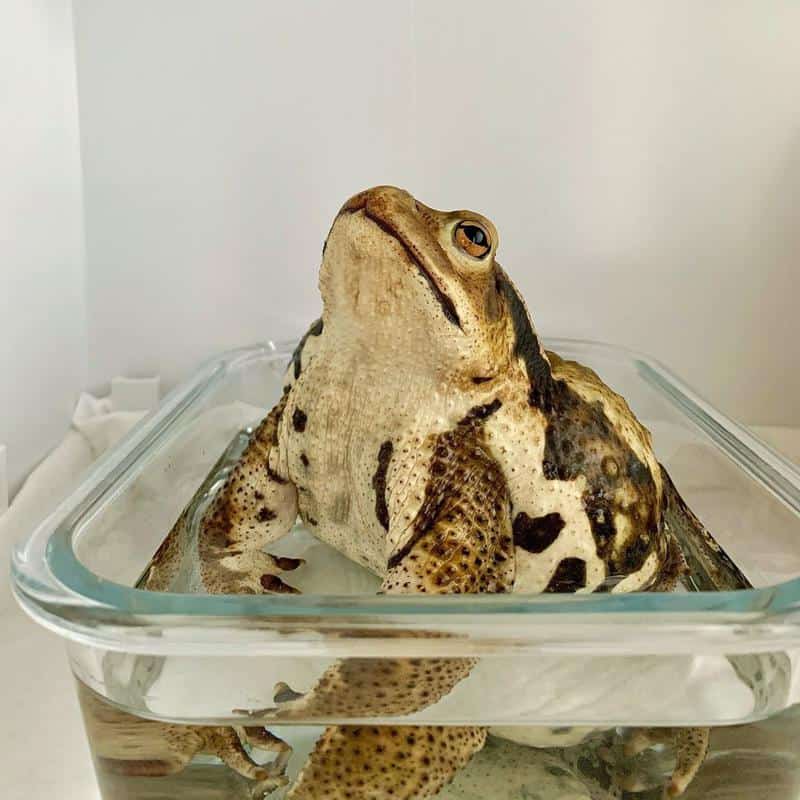
North American toads are a kind of frog endemic to the continent. Their normally gray or brown skin is rough and dry. A toad’s maximum length is more than six inches. Toads are distinct from frogs in that they aren’t able to leap as high. Actually, they usually walk or do extremely brief hops.
Salamanders in water
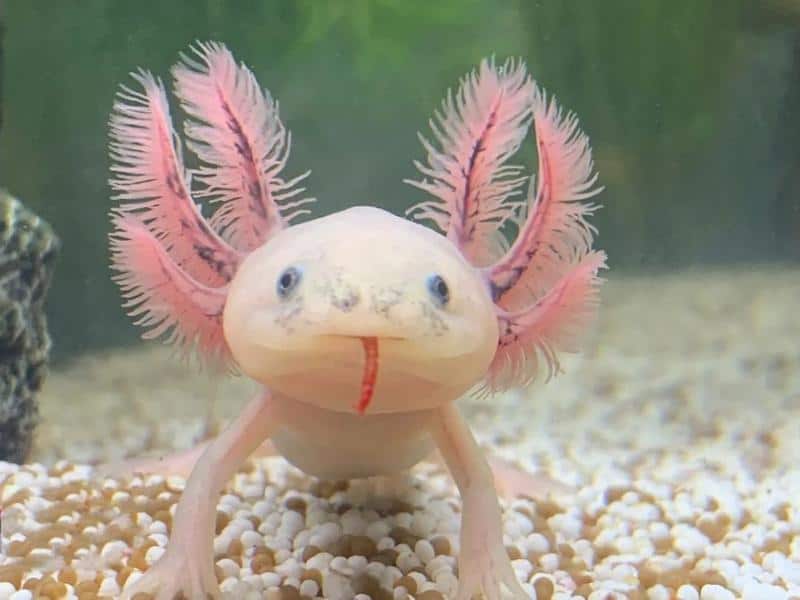
Axolotls, another name for water salamanders, are quite adorable. If you don’t think they are the sweetest things ever, have a look at this:
One kind of amphibian that is indigenous to North America is the salamander. They have a long tail and four legs. Worms, crustaceans, and insects are the food of water salamanders. Their skin is smooth and moist, often gray or brown. Salamanders have a maximum length of two feet.
Newts
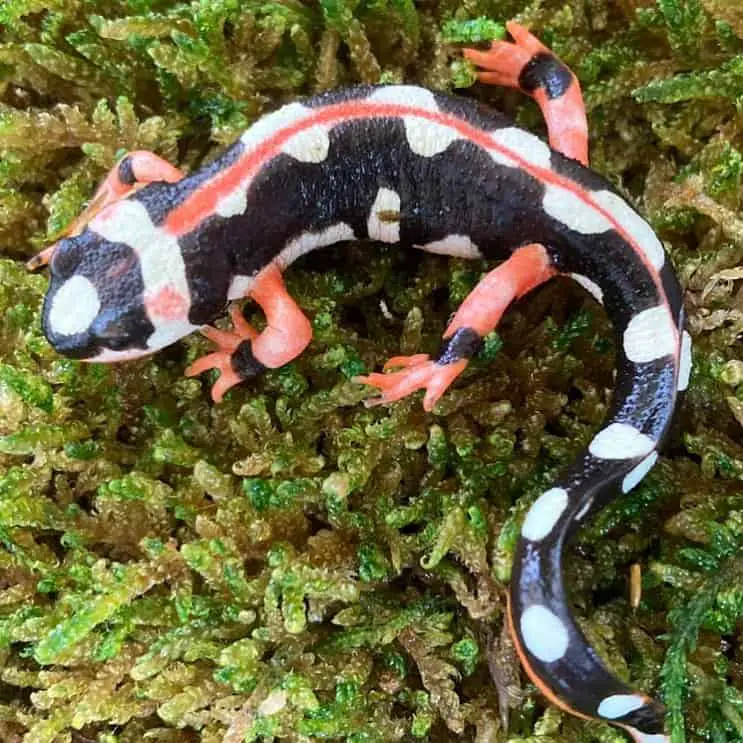
One kind of amphibian that is indigenous to North America is the newt. Their skin is smooth and moist, generally red or orange in color. Newts have a maximum length of eight inches. They consume worms, slugs, and insects and are available in a variety of hues.
Reptiles in Lake
The creatures with scaly, dry skin are called reptiles. Because they lack the ability to control their own body temperature, they are cold-blooded. Insects, worms, and other tiny creatures are consumed by reptiles.
Numerous kinds of reptiles inhabit lakes, including:
Snakes

Snakes are the most prevalent reptile species found in lakes. With the exception of Antarctica, all continents are home to snakes. Their skin is generally green or brown, and it is dry and scaly. Insects, worms, and tiny animals are consumed by snakes.
There are several snake species that may be found around lakes, including:
Northern Water Snake: Medium-sized snakes with a maximum length of 3.5 feet (1 m) make up the bulk of the snakes in this collection. In addition to gray, tan, buff, or brown hues, young snakes may have more vivid colors than adult snakes. Due to their black bands, they are often confused for cottonmouths or copperheads.
The anaconda is a native species of snake found in South America. Their skin is dark or green with black dots. Anacondas have a maximum length of thirty feet. These are the world’s biggest snakes!
The rattlesnake is a poisonous snake species that is indigenous to both North and South America. Their skin is dark or green with black dots. The length of a rattlesnake may exceed eight feet. The rattle at the end of their tail, which they employ to alert predators to their deadly bite, is how they got their moniker.
Turtles
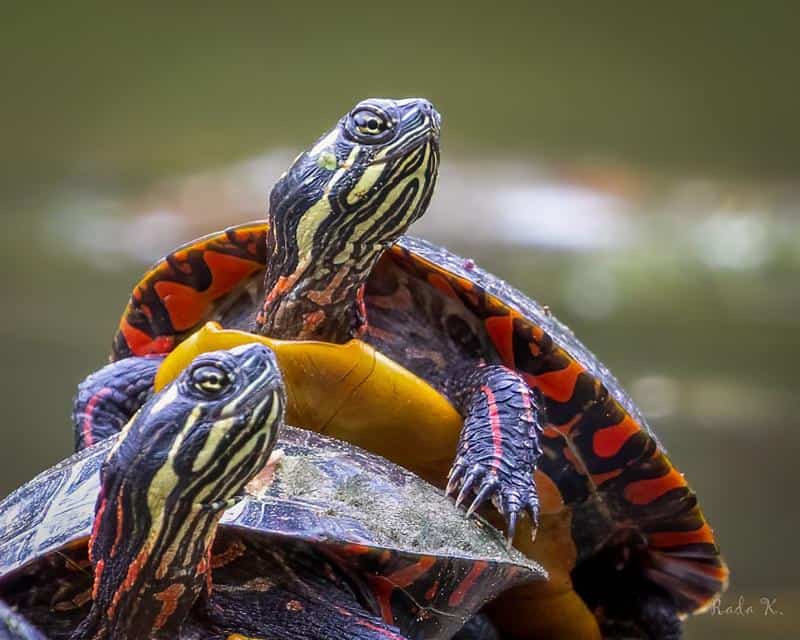
One kind of reptile that is indigenous to North America is the turtle. Their body is protected by a thick shell. Turtles consume tiny animals, vegetation, and insects.
There are a wide variety of turtle species that inhabit lakes, including:
Native to North America, the painted turtle is one of the turtle species. Their sturdy shell is striped with yellow and has a green or brown color. Painted turtles have a maximum length of eight inches.
Native to North America, the box turtle is one of the turtle species. Their sturdy shell is striped with yellow and has a brown or black color. Box turtles have a maximum length of six inches.
Snapping Turtle: Native to North America, the snapping turtle is a species of turtle. They have a tough, brown or black shell. Snapping turtles have a maximum length of two feet. Their formidable jaws, capable of severing an adult human finger in half, give them their name.
Birds of the Lake
Lake animals include the many birds that inhabit the areas around lakes. They can capture lots of prey here, contributing to the balance of the local environment.
Duck

One kind of bird endemic to North America is the duck. Their feathers are gray or brown in color. Ducks have a maximum length of two feet. They consume other tiny animals, worms, and insects.
Common species of ducks that inhabit lakes include:
The mallard duck is a species of duck found in Asia, Europe, and North America. Its body is brown, while its head is green.
One species of duck found in North America is the wood duck. Its body is black, and its crest is crimson.
Australia is home to a species of duck known as the Black Swan. Its beak is white, while its body is black.
Herons

One kind of bird endemic to North America is the heron. Their feathers are either gray or blue in color. Herons have a maximum length of four feet. They consume tiny animals like as fish and frogs.
Crans
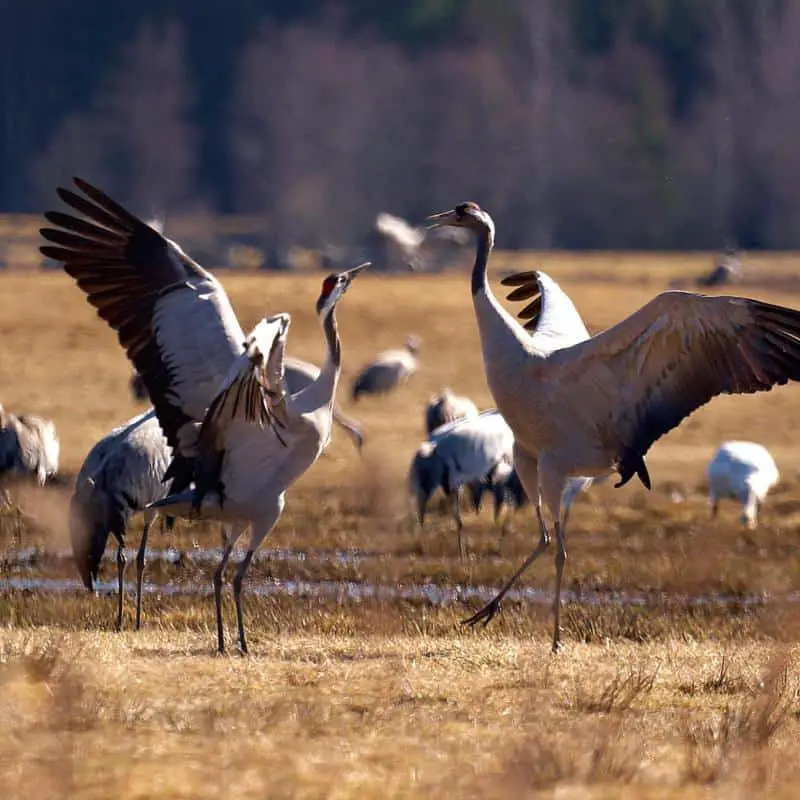
One kind of bird endemic to North America is the crane. Their feathers are gray or white in color. Cranes have a maximum height of six feet. They consume other tiny animals, plants, and insects.
The Pelicans
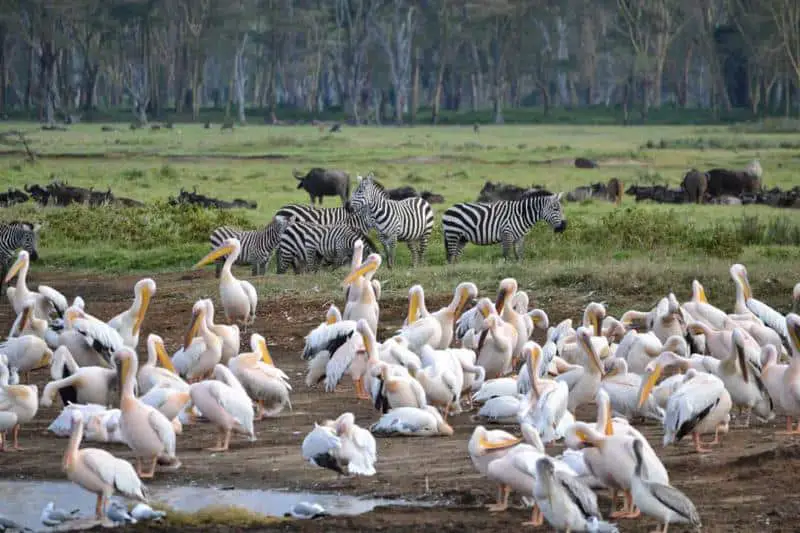
One kind of bird endemic to North America is the pelican. Their feathers are gray or white in color. Pelicans have a maximum length of six feet. They consume tiny creatures such as crabs and fish.
Superior Flamingos
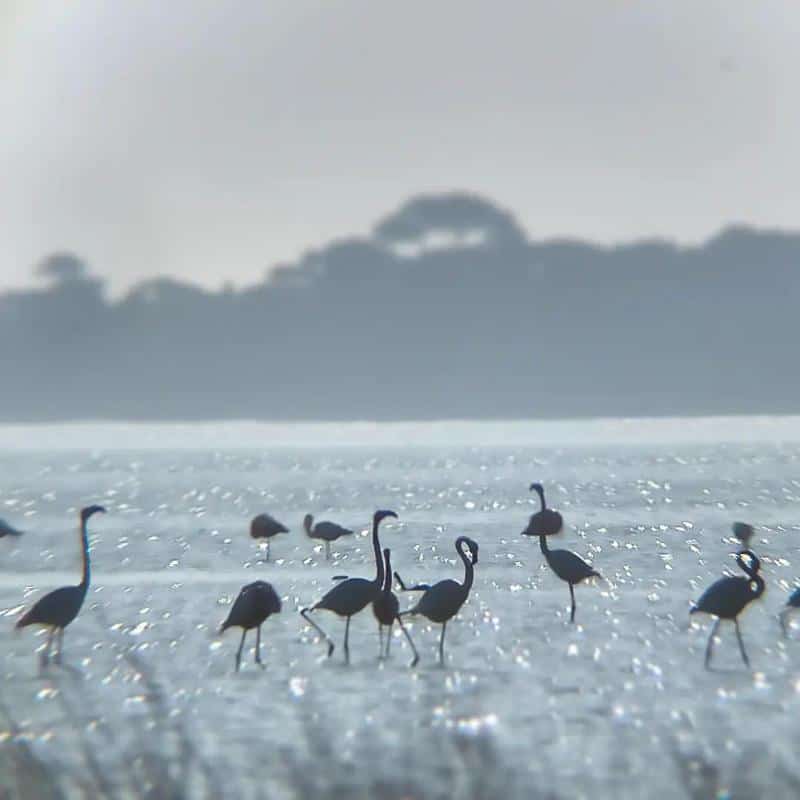
Large, often plantless alkaline or salty lakes and estuary lagoons are home to the majestic flamingo bird. Their distinctive long legs, pink beaks, and pink feathers on their wings make them beloved. The height of a flamingo may exceed four feet. They consume tiny creatures such as crabs and shrimp.
Insects from Lakes
An essential component of the lake’s ecology is insects. They aid in the recycling of nutrients in the water and provide food for a variety of creatures.
Typical insects found in lakes are:
Dragons

One kind of bug that is indigenous to North America is the dragonfly. With their two huge sets of compound eyes, dragonflies have a broad range of vision. They also have three pairs of legs and a long, slender torso. Typically, dragonflies are colored either green, blue, or black. They mostly eat tiny insects like mosquitoes.
Damselfly flora
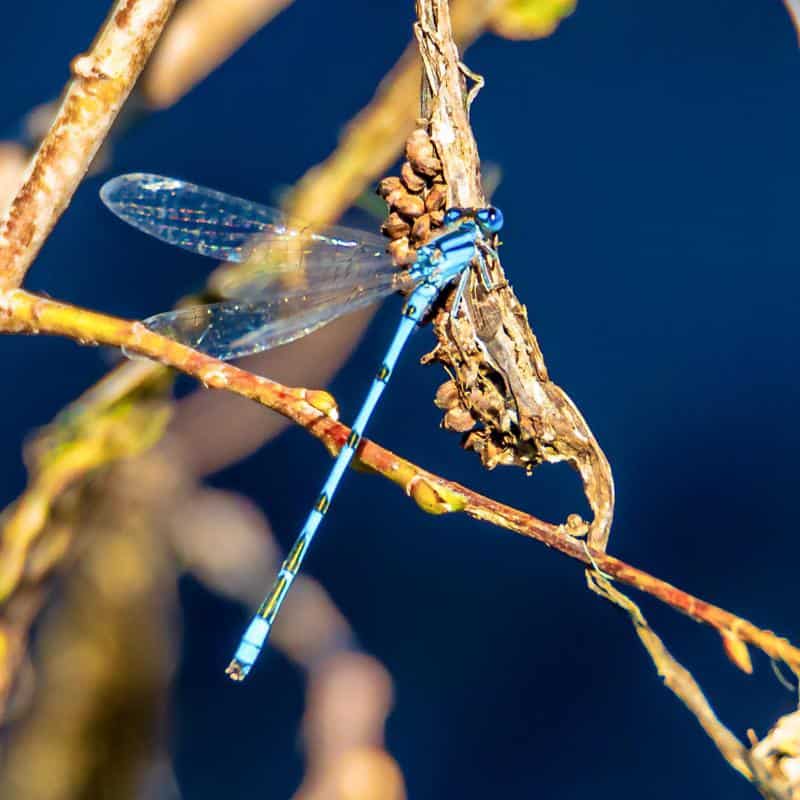
One kind of bug that is indigenous to North America is the damselfly. Damselflies have two sets of enormous compound eyes that provide them a broad field of vision, much as dragonflies do. They also have three pairs of legs and a long, slender torso. Typically, damselflies are colored black, blue, or green. They do, however, have shorter wings and are smaller than dragonflies. Other little insects make up the majority of their food.
Mosquitoes
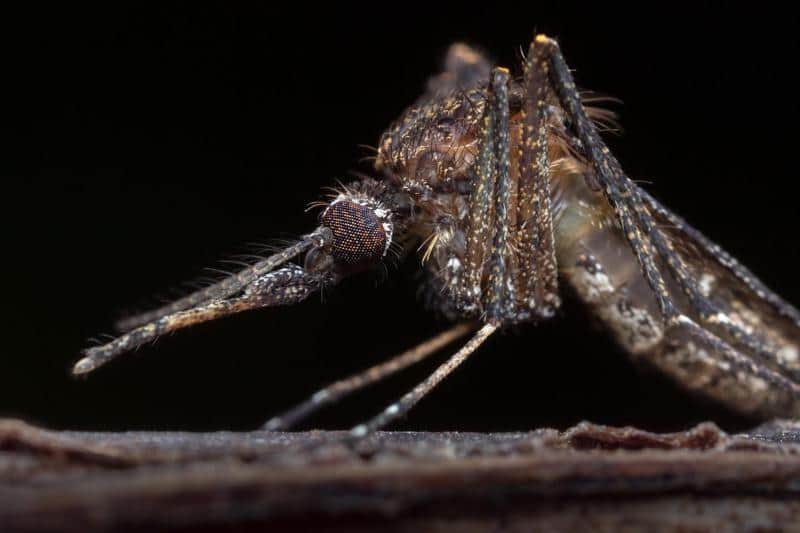
One kind of bug that is indigenous to North America is the mosquito. Mosquitoes are little, with a brown or black hue. The capacity of mosquitoes to draw blood from other animals is well recognized. They consume the blood of birds and animals, including people. They deposit their eggs near calm water.
Fly

One kind of bug that is indigenous to North America is the fly. Two sets of legs and two pairs of wings make up a fly. Though they may also be blue or green, they are typically black. Fly food is decomposing material, including waste and excrement. It is also well known that they are drawn to blood odors.
Mammals in Lakes
A variety of creatures make up the mammal species, some of which are found near or in lakes.
Beavers
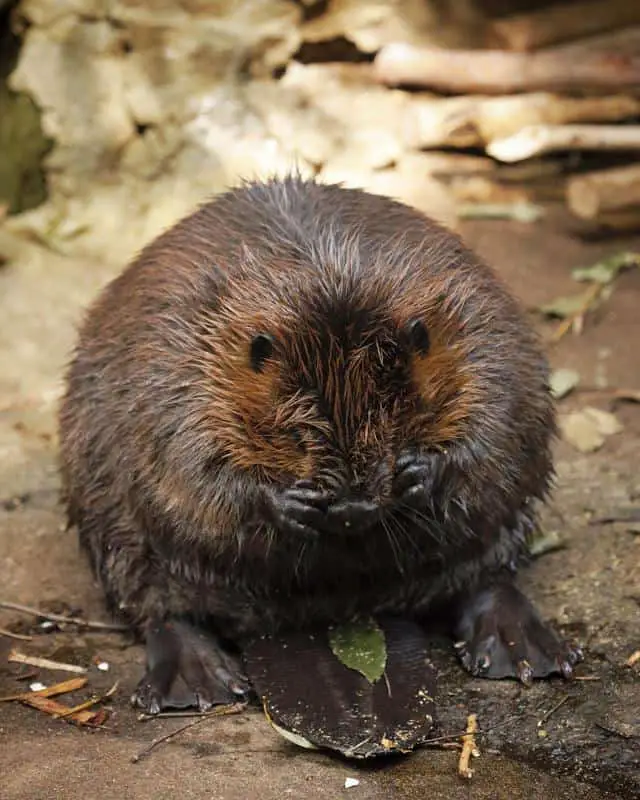
One kind of rodent that is indigenous to North America is the beaver. Beavers may have black or brown fur. Their capacity to construct dams and their huge, flat tails are well recognized characteristics. Tree and other plant bark is consumed by beavers.
Muskrats
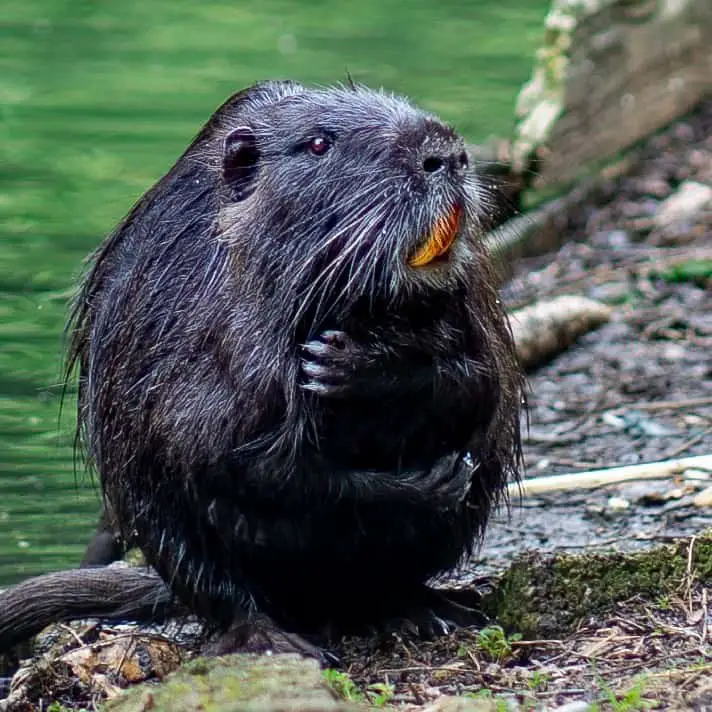
One kind of rodent that is indigenous to North America is the muskrat. Muskrats have long, thin tails and dark hair. They reside close to bodies of water and are proficient swimmers. Muskrats consume tiny animals and vegetation.
Otter

One kind of animal that is indigenous to North America is the otter. Otters have webbed feet and brown or gray fur. They reside close to bodies of water and are proficient swimmers. Otters consume tiny creatures such as fish and crabs.
Editor’s note: Adorable videos of domestic otter content abound on the internet. These creatures are adorable and lively, but they should never be kept as pets. Give them the freedom to wander the outdoors.
Molluscs in Lake
Molluscs are a class of invertebrates that include creatures like clams, octopuses, and snails.
Typical lake mollusks consist of:
Snails
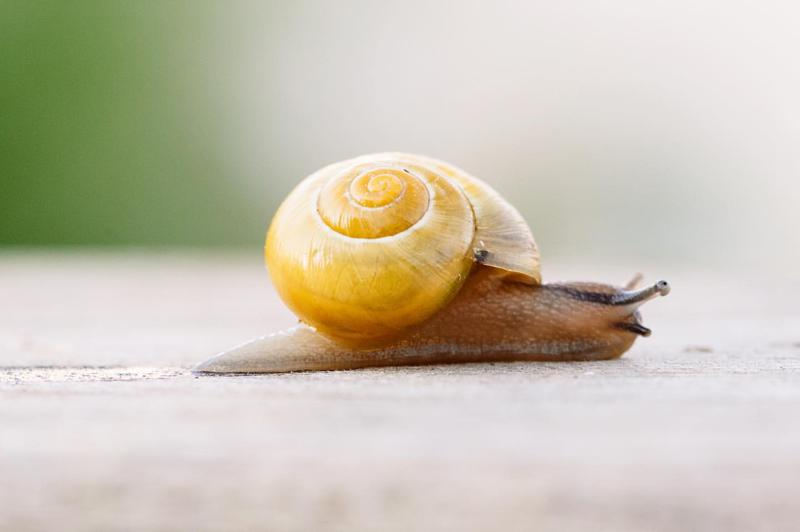
One kind of mollusk that is indigenous to North America is the snail. The strong shell of a snail shields its delicate inside. They possess both male and female reproductive organs, making them hermaphrodites. Algae and other tiny plants are eaten by snails.
Clams
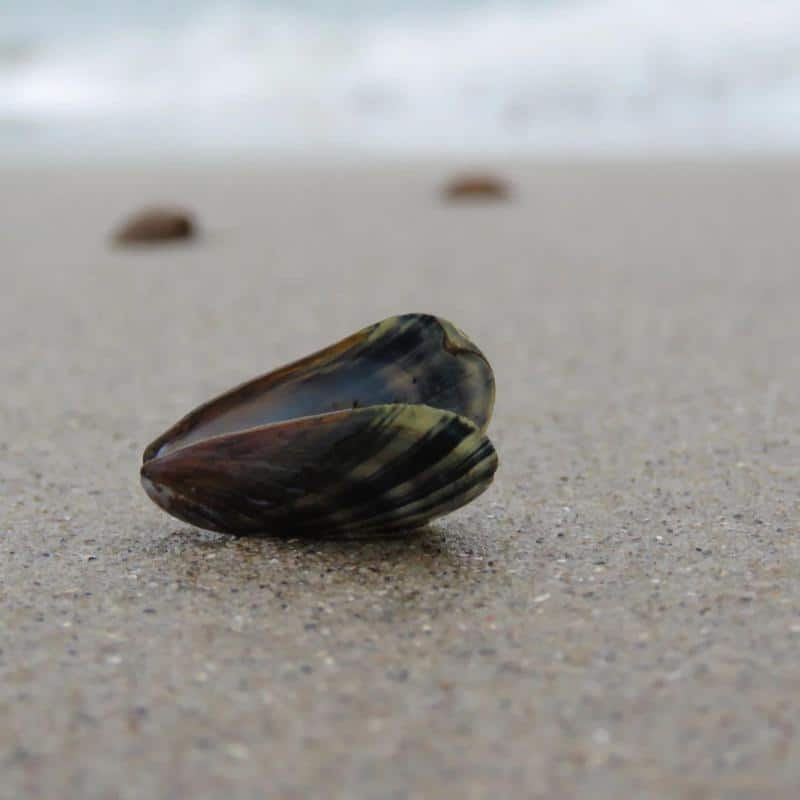
One kind of mollusk that is indigenous to North America is the clam. Clams’ fragile bodies are protected by a hard shell. As filter feeders, clams get food from filtered water. Clams consume tiny animals, plants, and algae.
Gastropod

One kind of mollusk that is indigenous to North America is the gastropod. Gastropods’ fragile bodies are protected by a rigid shell. Gastropods consume dead plants and animals since they are scavengers.
Final Thoughts
For life to exist on Earth, fresh water is necessary. For a wide range of creatures, lakes provide a rich and varied habitat.
Rodents, mollusks, and insects are just a few of the numerous animals that live in lakes. These creatures find food, shelter, and defense against predators in lakes. These creatures in turn contribute to the health and cleanliness of the lake.
Observing how animals have evolved by nature to coexist in such a distinct habitat and produce a completely self-sustaining environment is intriguing. Spend some time appreciating the intricate network of life under the lake’s surface the next time you visit.
And acknowledge the significance of lakes in our lives for a time. They provide us with food and pure drinking water. They are an essential component of our ecosystem, and we must all do our share to keep them safe.


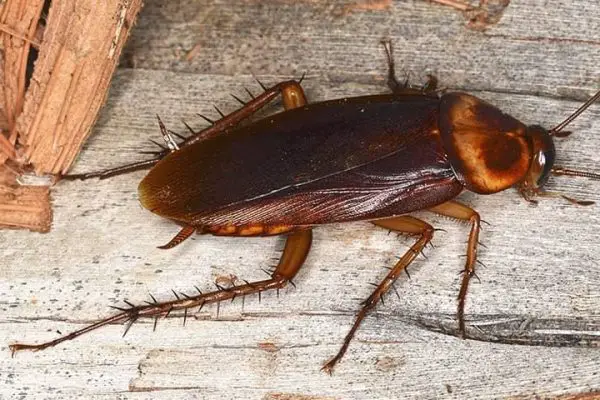
![Are Dinosaurs Birds Or Reptiles? [Explained]](https://birdsology.com/wp-content/uploads/2024/01/14628.webp-600x400.webp)
![Madagascar Penguins Names [All You Need To Know]](https://birdsology.com/wp-content/uploads/2023/08/51-600x400.jpg)
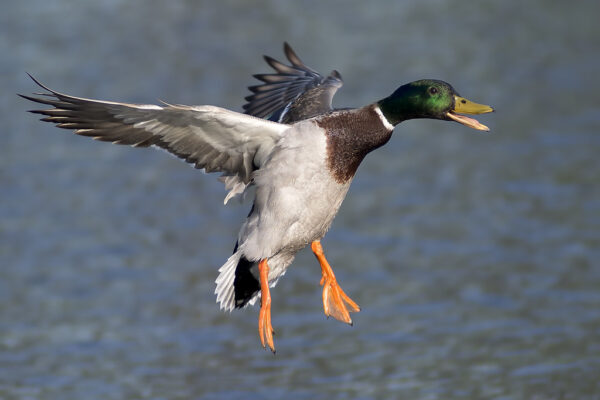

When I initially commented I clicked the “Notify me when new comments are added” checkbox and now each time a comment is added I get three emails with the same comment. Is there any way you can remove people from that service? Thanks!